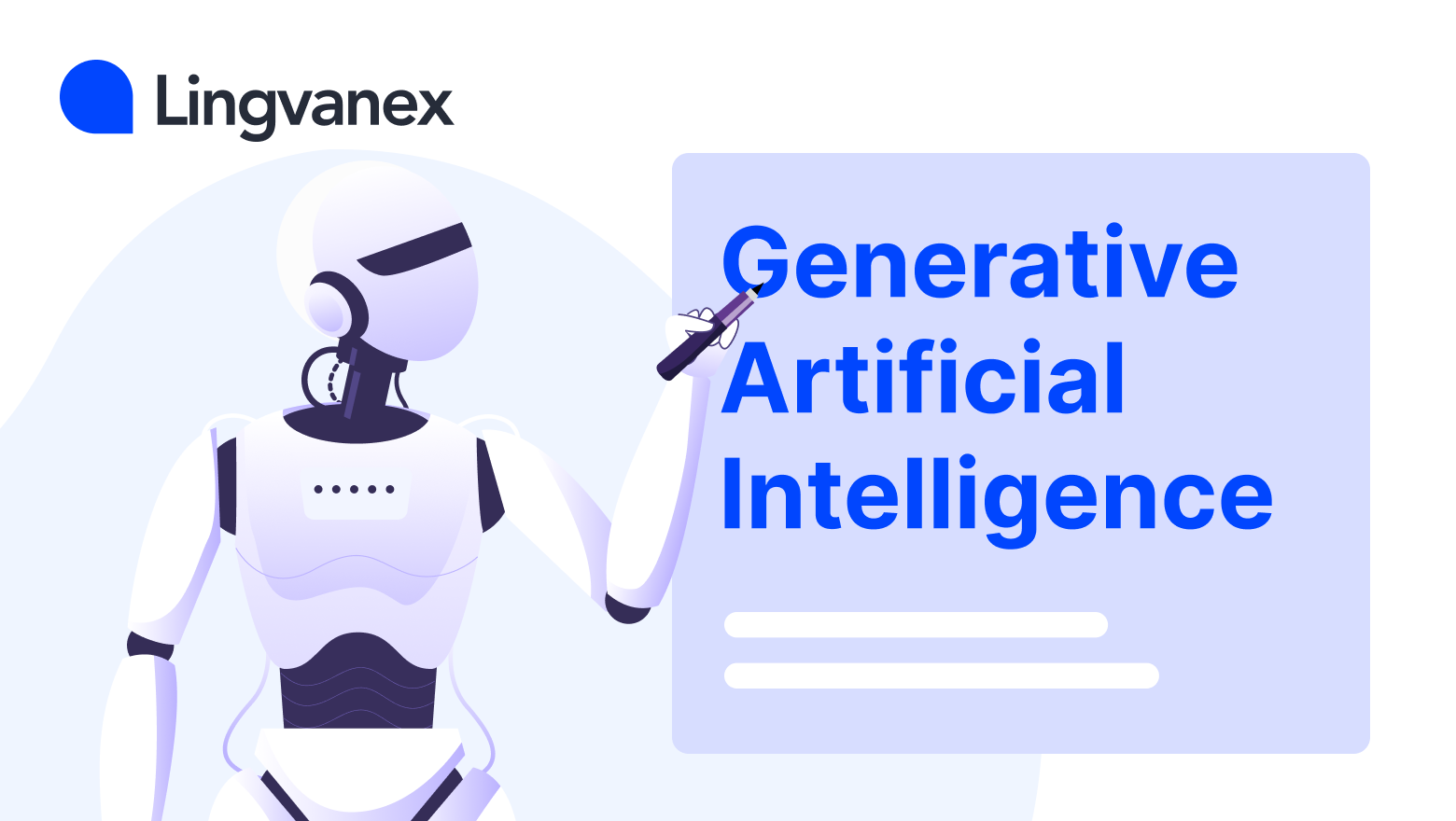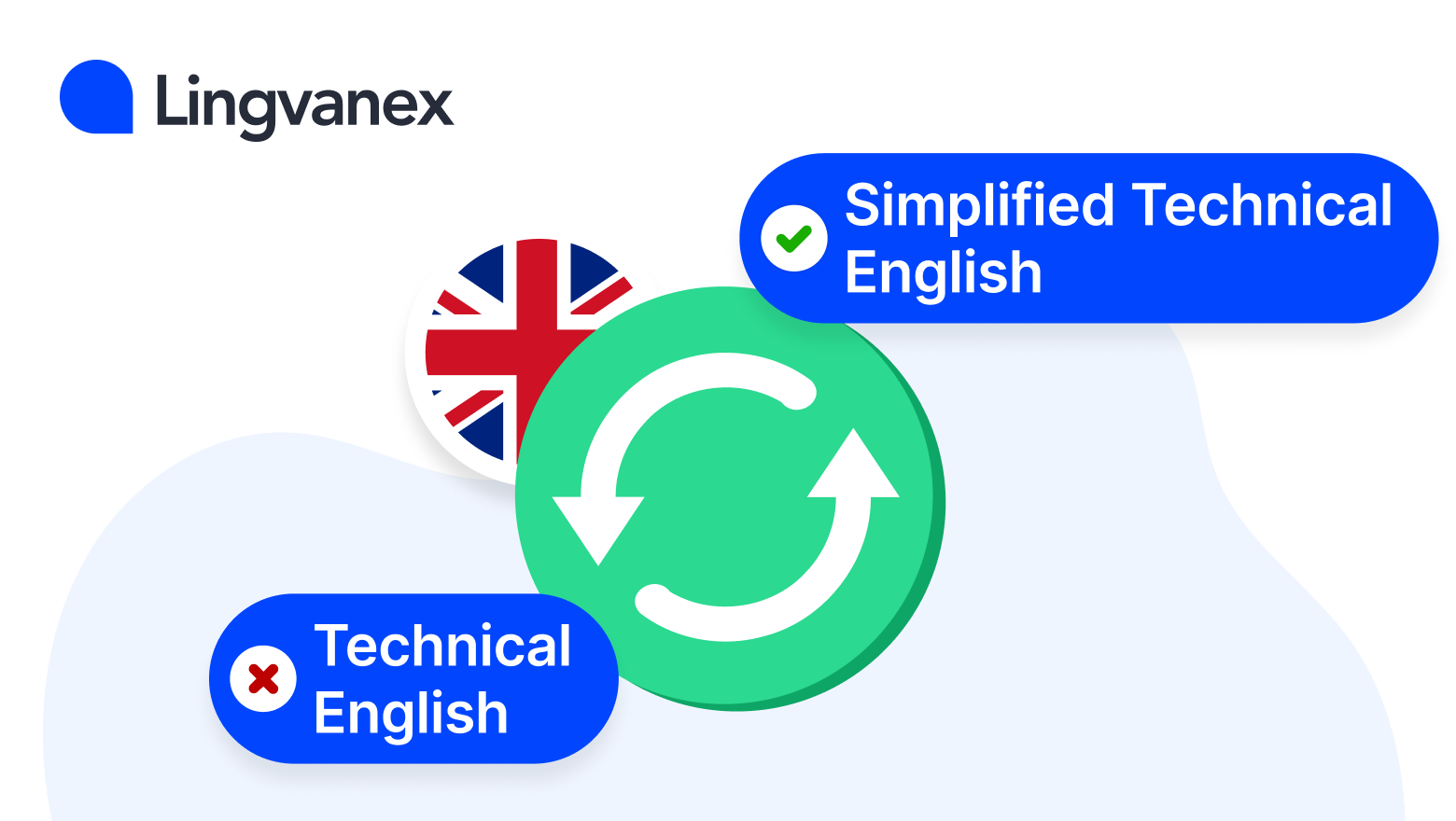The creation of generative synthetic intelligence (AI) has revolutionized the way machines create and generate content fabric. Unlike traditional AI systems that rely upon pre-described policies and instructions, generative AI fashions have the outstanding potential to autonomously produce authentic and creative outputs together with photographs, texts, songs or even digital worlds. This innovative vicinity of technology has spread out new horizons in several business sectors including production, healthcare, amusement and the humanities.
Although generative artificial intelligence has already led to excellent results, unexpected approaches continue to emerge in the field. In this article, we will highlight the most important tools and models underlying generative artificial intelligence, highlight some complimentary applications, highlight some challenges and describe how these generative models are pushing the boundaries of what we understand about business.

What are generative AI equipment?
In the arena of generative AI, there are numerous unique equipment that researchers can use to create and check fashions. Some of these may additionally encompass the following packages:
- TensorFlow is an open-supply platform advanced with Google that gives an entire framework with hardware and libraries for building quite some synthetic intelligence fashions, together with generative fashions. TensorFlow consists of modules including TensorFlow Generative Models (TGM) and TensorFlow Probability (TFP) that make it less difficult to develop and train generative fashions.
- PyTorch is another famous open source platform designed for deep learning. It offers a dynamic and intuitive interface for building neural networks, making it well suited for generative AI models.
- Keras is a client-great deep studying library that sits at the top of TensorFlow. It offers a convenient API for building and schooling generative models, as well as GANs and variational autoencoders (VAE).
- Gym Documentation is an extensively used toolkit that gives a pretty number of frameworks and tools. They facilitate the improvement, education, and evaluation of generative AI fashions that use reinforcement analyzing techniques.
- Deep Learning Software | NVIDIA Developer is a set of software enhancements that consists of libraries, hardware, and systems optimized for NVIDIA GPUs. Provides the ability to mix with systems collectively with TensorFlow, PyTorch, and MXNet, which leverages the computational overall performance of GPUs to educate and deploy generative AI fashions.
- MLflow is an open platform designed to permit gadget learning initiatives for the duration of the smoking cessation lifecycle. It gives monitoring, model control, and model deployment capabilities. MLflow may be used to scale and set up generative AI models, facilitating experimentation and manufacturing deployment.
- Fast.ai is a deep reading library constructed at the pinnacle of PyTorch and which incorporates pre-professional fashions. It presents a simplified API and reachable functions for education and deploying generative AI models.
Generative AI models, what types are there?
Artificial intelligence generative models are educated on large amounts of records, allowing them to apprehend the patterns, features, and patterns found in those education examples. They then use this expertise to create new content material that has homes that resemble human fashion and personality. There are several amazing generative AI fashions which have won interest in current years. Here are a few examples:
1) Generative Adversarial Networks (GANs)
GANs are a category of generative fashions that encompass two additives—a generator and a discriminator. The generator generates synthetic information (together with images or textual content) at the same time as the discriminator evaluates whether the generated data is real or faux. Through an adversarial education procedure, GANs learn how to generate increasingly sensible and first-rate outputs.
2) Variational Autoencoders (VAEs)
VAEs are generative fashions that integrate elements of each autoencoders and probabilistic modeling. They study a compressed illustration (latent space) of enter records and use it to generate new samples. VAEs are regularly used in responsibilities like photo generation and data synthesis.
3) Transformer Models
Transformers have been extensively utilized in herbal language processing tasks and have also been carried out to generative obligations. Models such as GPT (Generative Pre-skilled Transformer) and GPT-three have verified wonderful abilities in producing coherent and contextually relevant text.
4) DeepDream
DeepDream is a generative version developed via Google that makes use of deep neural networks to generate visually fascinating and surreal photographs. It achieves this via amplifying and enhancing patterns and capabilities in present pics, developing dream-like and summary interpretations.
5) StyleGAN
StyleGAN is a generative version that specializes in generating excessive-resolution and visually attractive photos. It lets in for control over numerous aspects of the generated snapshots, which includes manipulating the fashion, pose, and different attributes.
6) CycleGAN
CycleGAN is a version that ambitions to analyze mappings among two specific domains without paired education records. It has been used for obligations like fashion switch, in which it is able to transform pictures from one style to any other (e.G., changing a photo into a portrayal).
These are only some examples of generative AI models, and there are numerous extra variations and advancements within the discipline. Each version has its own strengths and programs, and the choice of model relies upon the precise challenge and preferred output.
Generative AI for business, what are the benefits?
Generative AI with the creation of the texts, images, videos has wide application in various fields. The possibilities of generative AI seem endless. Everyone will find something useful for themselves. Let's take a closer look at the most popular areas in the use of this technology:
1) Arts and entertainment
In the field of arts and entertainment, AI has opened huge doors by developing the ability to create new content in the form of paintings, drawings, and even to produce music, videos, and games. This can make existing content perfectly available as AI can color black and white photos, repair old ones and generate higher resolution from the lower resolutions available. Successes of generative AI include: producing artwork, composing music, and creating scenarios for video games.
2) Communication and translation
More and more translation solutions are based on the use of generative AI. For example, there are several translation tools, such as Lingvanex, that offer accurate and consistent translations, as if done by a human being. These tools leverage AI technology to offer the highest quality language translations, using the most advanced algorithms and trained language models. AI can produce translations in real time: you can get the translation immediately from word to word or when you type.
3) Education and research
Generative AI will then be able to help the student or any researcher develop tasks of different types, including tests, exams, among others, used in the educational system. Machine learning models are applied in the large amount of educational text and analysis of materials in a way that relevant information has been clarified better and made easier for perception. In addition to this, AI can help understand complex concepts and create summaries.
4) Business and marketing
Generative AI can help, for example, companies or employees looking for personalized business strategies that increase efficiency. In branding, AI can be used by companies or marketing experts to generate slogans, logos, and product names. By analyzing the market and customer needs, AI helps create the original and engaging propositions to consumers. It also represents one of the most sincere approaches in providing individual advice, reviews and feedback to customers.
5) Healthcare and medicine
The role of generative AI in medical diagnosis is very important as it generates medical reports and can also be essential in drug discovery. AI can help professionals in identifying and classifying various pathological circumstances by analyzing data, disease symptoms and diagnostic images. In addition, it can create realistic simulated models of human anatomy, physiology and pathology for training and testing purposes, thus improving the competence of students and medical professionals.
What are the challenges of using generative AI?
While generative intelligence gives several interesting opportunities, it additionally affords numerous challenges that researchers and developers want to cope with. Some of the important thing demanding situations consist of:
- Training Data Bias: Generative fashions heavily rely upon schooling statistics to study styles and generate outputs. If the schooling information is biased or unrepresentative of the desired output, the generated content material might also inherit those biases or showcase inconsistencies. Ensuring various and impartial education facts is an important mission to triumph over.
- Lack of Control and Interpretability: Generative models frequently lack first-rate-grained manipulate over the output, making it challenging to specify precise necessities or constraints. Additionally, information and decoding the inner workings of complicated generative fashions remains an ongoing studies vicinity, hindering transparency and accountability.
- Mode Collapse and Output Quality: Generative models can sometimes be afflicted by mode fall apart, where they generate limited versions or repetitive outputs. Achieving great and diverse outputs remains a challenge, as capturing the whole complexity of the schooling facts distribution is nontrivial.
- Data Efficiency and Computational Resources: Training generative models usually calls for extensive computational resources and large quantities of information. Improving facts efficiency and decreasing the computational burden are ongoing challenges, mainly for actual-time or aid-constrained applications.
- Ethical Use and Misuse: Generative intelligence raises moral issues, consisting of the advent of deep fakes or the propagation of misleading or dangerous content. Ensuring responsible improvement, deployment, and law of generative fashions is essential to prevent ability misuse and mitigate societal risks.
- Intellectual Property and Copyright: Generative fashions that generate content material akin to existing works boost questions about intellectual assets rights and copyright infringement. Determining the boundaries of creative possession and addressing felony implications in generative content introduction is a complicated challenge.
- Robustness and Security: Generative models may be prone to antagonistic attacks, in which input perturbations or manipulations cause surprising or malicious outputs. Ensuring the robustness and security of generative models in opposition to such assaults is an ongoing research area.
Some free AI platforms, what can be used?
Here are a number of the great free generative AI equipment available that can be used while running with AI fashions:
- The OpenAI GPT-three Playground offers an internet-based total playground that permits customers to test with the powerful GPT-three language version. This platform makes it viable to generate text in a conversational form, create memories, answer questions and much more.
- Runway is a platform that gives a smooth-to-use interface for building and deploying generative AI models. It supports various frameworks and models, which include GAN, fashion transfer, and text era. There is both a paid and unfastened trial version and a community version with constrained features.
- Hugging Face affords an in-depth natural language processing (NLP) library, along with an extensive range of pre-skilled models for textual content technology obligations. The library supports famous fashions which include GPT-2, GPT-Neo and T5, which allows you to generate textual content in a couple of languages and patterns.
- Creativity with AI is an internet tool that uses deep mastering algorithms to convert photos into artistic styles. It lets in you to upload your photographs and practice diverse creative filters stimulated by using well-known artists, growing unique and visually appealing outcomes.
- Magenta is a Google research undertaking aimed at the use of system studying to create tunes and artwork. It presents a collection of open source fashions and tools for developing track, developing illustrations, and exploring new innovative possibilities.
- Sketch-RNN is an open-source generative version evolved through Google's Creative Lab. It permits you to create freehand sketches based on a given prompt or class. The version becomes skilled on a large dataset of human-drawn sketches and can produce varied and innovative results.
Conclusion
Generative AI is an exceptional evolution of artificial intelligence that can be used to create new and authentic content across multiple domains. This can be as simple as imagery, lyrics, songs and even digital environments. Generative AI opens up interesting possibilities for revolutionary self-expression, content creation and fact synthesis. It enables people and industries to explore new modern opportunities, optimize content material creation workflows, explore and experiment.
Whether you need to use AI for studying, work, or to have amusing, you may take advantage of generative AI using the maximum well-known packages: ChatGPT, DALL-E, and many others. When choosing structures, you have to take a look at the ones which might be already making use of the best AI technology. For example, Lingvanex affords AI-primarily based answers to all questions related to system translation and other language applications, which includes speech popularity, speech synthesis, and a simplified technical English converter. provides superb translations the use of system courting and neural community algorithms, ensuring extremely good common performance whilst preserving non-public information. However, it is essential to use generative AI responsibly with the aid of wondering via the moral and social problems that could arise, which include privateness, security, and equity.
Generative AI is of massive significance to fashionable society and is being implemented in numerous business sectors. It is secure to conclude that its abilities will extend and evolve inside the destiny as the cutting-edge global tends to grow to be increasingly interconnected.





